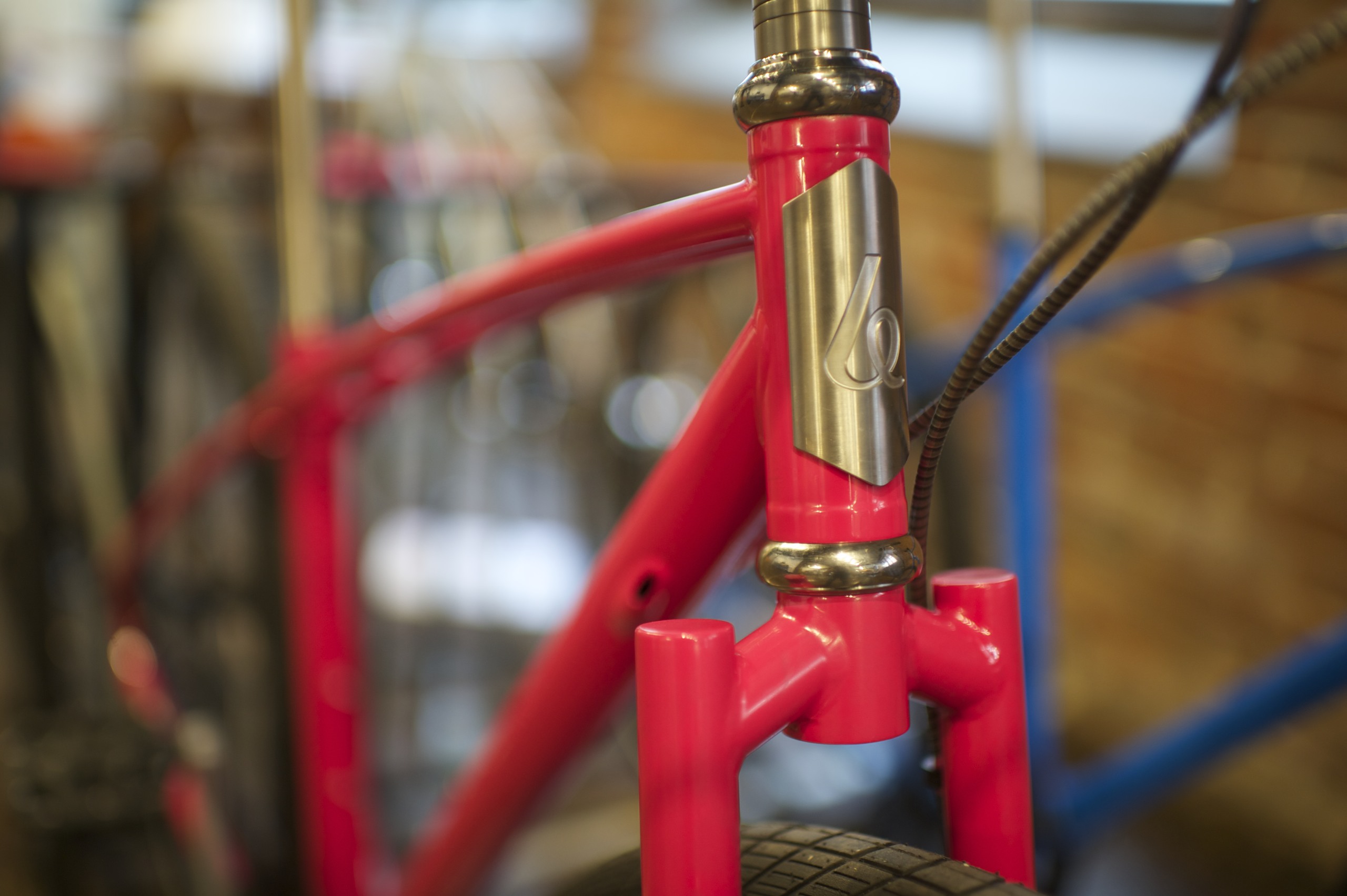 Journalism is, for a large part, about leaving things out. It’s about trying to figure out how to fit 1000 words of description into 100 words of space. As a long time writer, I’ve always enjoyed the mental Jenga of trying to construct something to the confines of the medium. I’ve worked in magazines, written books and penned things for blogs like Bike Hugger. Each other them—even the almighty web—has its own
Journalism is, for a large part, about leaving things out. It’s about trying to figure out how to fit 1000 words of description into 100 words of space. As a long time writer, I’ve always enjoyed the mental Jenga of trying to construct something to the confines of the medium. I’ve worked in magazines, written books and penned things for blogs like Bike Hugger. Each other them—even the almighty web—has its own
But many times the remaining article comes out good, but lacks some of the creative juice that was flowing when it was written intra-cranealy. When you take out words to fit the space, you take out part of the story.
That was one of the driving factors behind the new Bike Hugger Newsstand magazine. Our publishers, 29.io are known for doing long-form publications where the story can tell the story and it doesn’t have to be shoved into the size of feature or blog post.
Case in point—in our first issue I did a profile of serial entrepreneur—cum bicycle builder Paul Budnitz. Ordinarily an article like my interview with Paul would run about 1000-200 words. But when I went to talk to him and to find out more about his world view and his crazy path to bikedom, I found that the city he’s settled into in Vermont and his back story with the companies he founded plays as much a part in the creation of the bikes as do the welds and the titanium.
The result is 5000 words that look at the man and why he keeps jumping from careers that many people would call “crazy” into other careers that people would call “crazier.” It’s something I’m particularly proud of and it wouldn’t be possible without this format.
After the jump (see, here’s that problem with the confines of the web) is a brief excerpt of that piece, and if you’d like to read the whole thing we invite you to check it out on the Apple Newsstand, or jump to our dedicated page to getting a hold of the magazine at mag.bikehugger.com.
I’ve read countless interviews with Budnitz and they all start the same: As a kid in Berkley he began programming on a Commodore 64, later he launched a company called Minidisco that converted Sony Mini Disc players for cinematographers, artists and audiophiles and then he founded Kid Robot, which has great notoriety amongst geeks and artists.
I actually start the interview by telling Budnitz that I want to skip a direct discussion of his early days as so many interviews I’ve read focused so much on the pre-Budnitz Bicycles era that they never seemed to get into the meat of why he created a bike company in the first place.
This is despite the fact that I’m pretty curious about his history as he and I are of similar ages (he is 46 and I am 43) and had some overlapping experiences, although in each case his seems to be the superhero (or arch nemesis) version and his bio reads like a bit of an urban legend.
Take this, for example, from his bio on paulbudnitz.com: “The son of a nuclear physicist and a social worker, Paul Budnitz was professionally coding safety analysis software for nuclear power plants by the time he reached high school.”
By comparison, I used to teach other kids how to program BASIC and LOGO on a Commodore PET and used my early Apple //e to create a student tracking database for a small private school. I made around $100 for my work and Budnitz had nuclear power plants running on his code.
As part of the process of creating his own art house films, Budnitz started tinkering with Minidisc players and modifying them to provide the recording abilities that he needed. This was right during the time that I was working at Sony and lamenting the fact the company was releasing the MiniDisc even though it seemed that it would ultimately flop in this country—because it lacked the built-in ability for people like Budnitz to do what he needed to do to create art with it.
The company he created ended up being worth $10 million and the movies he made with them won numerous awards. (And I ended up selling my MiniDisc player for around $200.)
In 2002 he stumbled onto small vinyl collectable figures and launched Kid Robot to design and sell them here in the States with proceeds from his previous venture. In 2003 he moved from a California garage into offices in New York City. By the time he’d leave Kid Robot, the company would have more than 100 employees and financial investors.
From Kid Robot he made another interesting turn, deciding to launch a high-end bicycle company. He’s not exactly a custom bike builder—he doesn’t weld the bikes himself or assemble them—and he’s not exactly a manufacturer either like Trek or Specialized. But he’s designed the bikes (including the sweeping curved lines of his frames), he’s spec’d the builds, selected the partners and overseen the production of the bikes.
So instead I start with the simple question “bikes?” and wait as that conversation wraps inevitably back to his past by way of his current home in Burlington, Vermont.
…We're riding townies, adventure, and mountain bikes. Find recommendations on our store page. As Amazon Associates we earn from qualifying purchases.